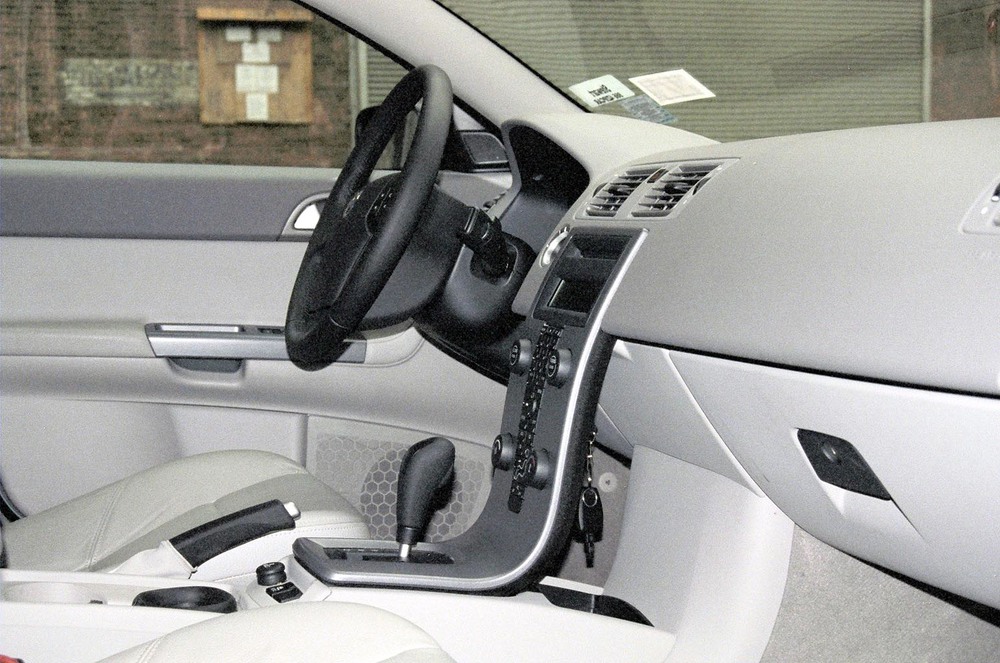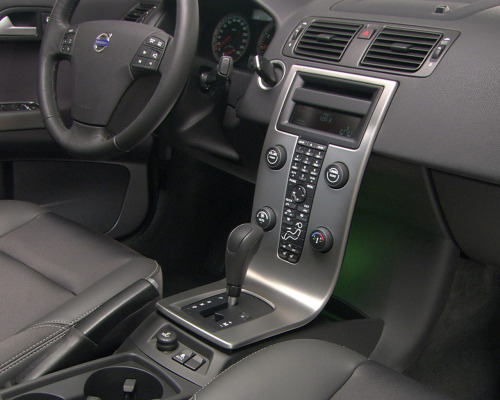The 2005-2011 Volvo S40 / V50
A Front Wheel Drive Role Model
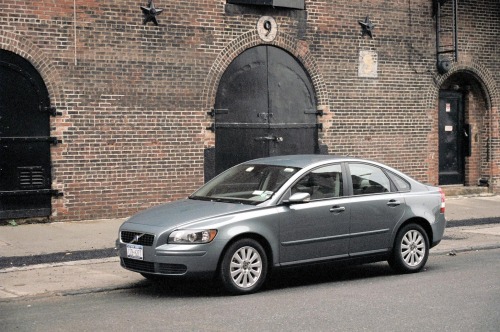
Beautiful, luxurious, high quality, and so much fun, I almost forget it's front-wheel-drive. That's what I think of when I reflect on one of the best cars sold in the USA these past five years, the Volvo S40 sedan and V50 wagon.
Although its sticker price approaches that of the entry-level rear-wheel-drive BMW 3 series, I believe the S40 is one of the best designed, best engineered sedans available in the US. If this were Europe, there would be many similar cars to choose from, including the European Ford Focus 5-door, which probably comes from the same factory in Gent, Belgium. There would also be some quality front-wheel-drive hatchbacks from Peugeot and Alfa Romeo. But we Americans have the S40 as a prime example of a premium compact European car (Volkswagen and Audi fans will be quick to point out that their best cars also come to the US).
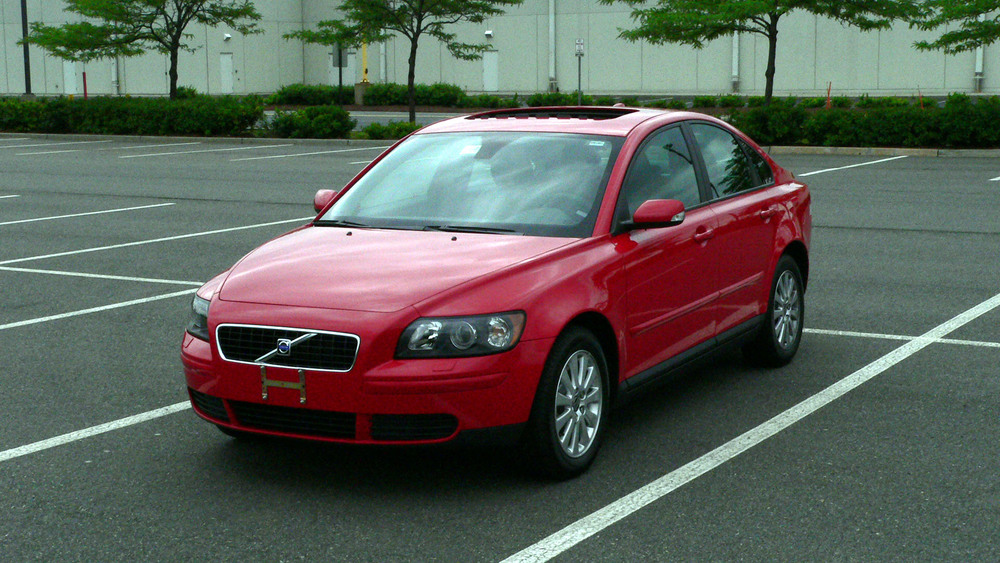
The S40 shares its platform with the Ford Focus and Mazda 3. All three cars underwent a major revision in 2004 (and a second revision in 2008, retaining the same platform). While the Focus tops-out at $20,000, and the Mazda 3 tops-out at $25,000, the Volvo V50 AWD wagon can go as high as $34,000. Very few consumers are willing to pay that premium price. I agree these Volvos are not worth more than $30,000, but they are worth about that amount. It's just a shame the option packages on European cars cost so much. The S40 quickly jumps from $24K to $30K when you add heated seats, premium audio, fog lights, and sunroof - with leather and GPS still unchecked.
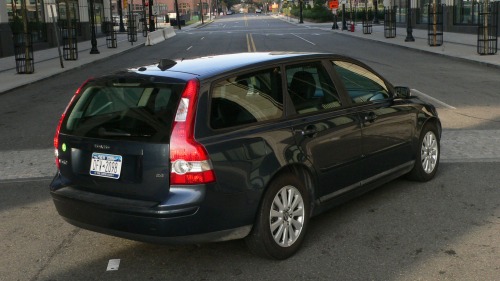
The Volvo S40 and V50 offer the same firm chassis, tight turning radius, and European feel of the Focus and Mazda 3. But they offer some key upgrades, such as stiffer coil springs, a 5-speed geartronic transmission, thin-profile seats in either waterproof polyester or real leather, and a 2.4 liter inline five cylinder engine that simply purrs loudly and likes to be pushed. Shifting through gears 1 through 3 in this car, even using the geartronic, is a fun experience. The car is very quick to get into fifth gear and stay there, trying to maximize fuel efficiency.
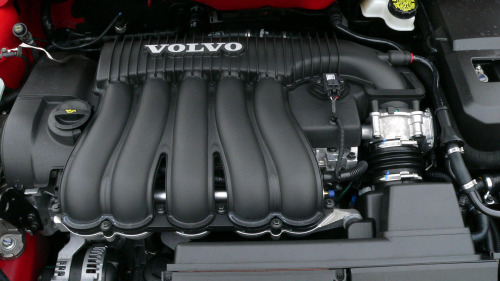
The S40's engine is one of the best sounding engines available to the common car driver. It's one of the big reasons I fell in love with the S40. And those seats. Up until very recently, the S40 was the car I had driven the most in my lifetime, with over 2000 miles driven using Zipcar's New York City fleet. I can say that the S40 is the most comfortable car I've ever driven (all the photos here are from my collection, 2004-2006).

With a cradle-like seat, firm support, and a perfect sitting position for a tall driver (I'm 6'3"), the S40 was a car I could easily drive 220 miles (the distance between my house and Boston).
The S40 was not without some drawbacks, which I tolerate, given its fun factor. The engine's fifth cylinder is the reason the car's economy is closer to a BMW 325i than a Ford Focus. I consistently got 20MPG city and 28MPG highway, for a combined average of 24MPG. The Focus, driven correctly, gets 29MPG overall. While 24MPG overall is not bad, considering the car's power, the smaller than average, 12-gallon fuel tank emptied quickly. I think that would be annoying to an owner. Essentially, the car has to go to a gas station every 200 miles.
The biggest drawback might be the positioning of the pedals. They are too close together. I quickly became accustomed to it, but I cant assume other drivers did. It felt like the brake pedal was just 4 inches to the left of the gas pedal.
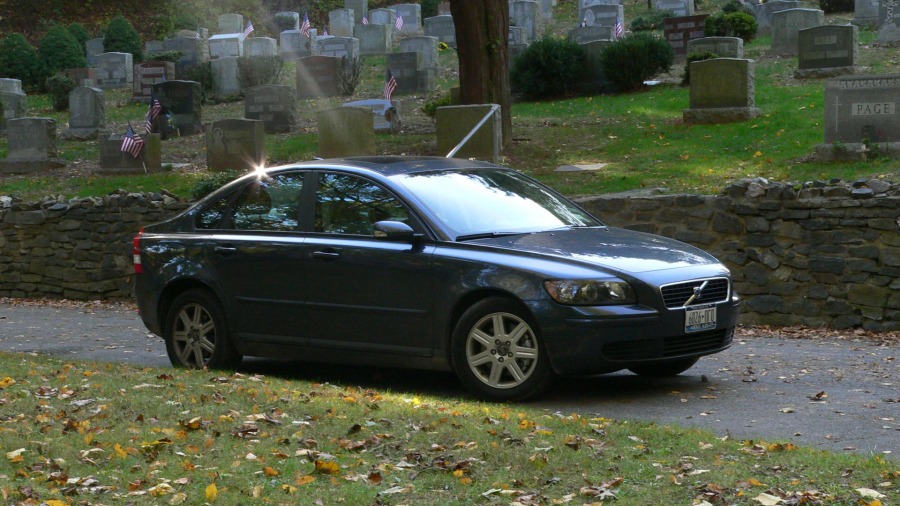
The S40 arrived on the US market just as rear-wheel-drive cars were resurgent. The Ford Mustang had been redesigned to resemble the classic 1967 version. The Dodge Charger and Chrysler 300 were leading Chrysler's return to rear-wheel-drive platforms. BMW was preparing to launch the latest generation 3-series, which was the best selling premium RWD car in the US since the 1980s. Also at this time, auto critics were falling in love with rear-wheel-drive again. It was becoming clear that driving enthusiasts were demanding balance in dynamics, and rear and all-wheel drive systems were becoming more appealing. BMW, Mercedes, Audi, and Subaru all benefited from this development.
But the S40 is a front-wheel-drive car that still deserves accolades during the rear-wheel revival. Volvo, a late adopter of front-wheel-drive in the early 1990s, seems to have engineered it better than most other manufacturers. The Japanese long established that a FWD car shouldn't have more than 270 horsepower (although the Acura RL and Nissan Maxima violate this rule). But only a few Japanese FWD cars balance the torque and horsepower for optimal driving fun and road feedback (the Toyota Celica, Acura Integra, and Acura TSX come to mind as recent examples which have the right balance). After years of driving both American and Japanese FWD cars in the 1990s, the S40 completely changed my appreciation of FWD cars. And if consumers are willing to pay $2,000 extra, a part-time AWD from Haldex is available for the S40, and is apparently now standard on the V50 wagon.
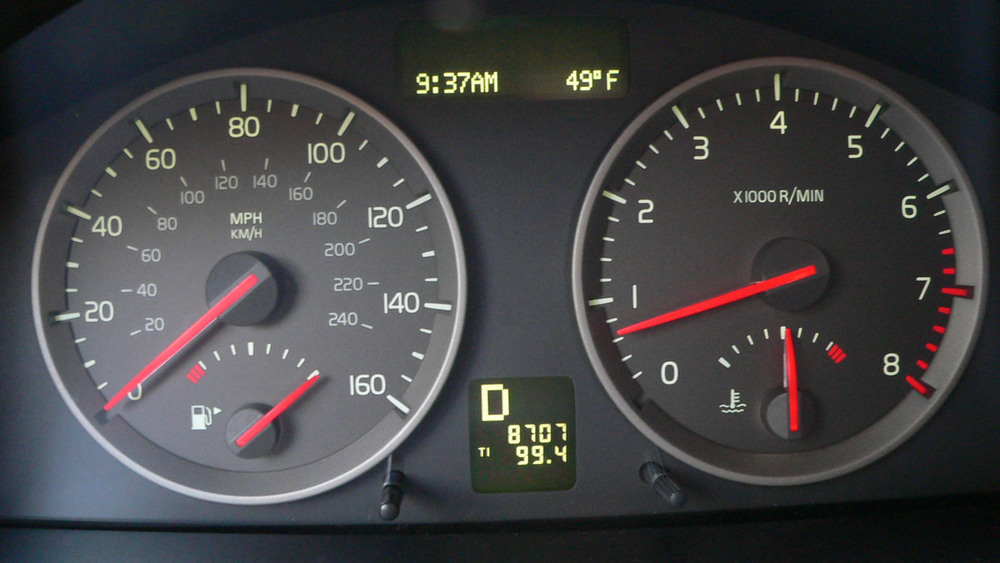
Up until the S40 / V50, there were only a few thrilling, perfectly-engineered front-wheel-drive cars that arrived in the US market in the last 15 years. Seriously. By 'perfectly engineered', I mean front-wheel-drive cars that didn't have too much oversteer or torque steer. Going back to 1989, we have seen only a few such FWD cars. I would include the Peugeot 405 mi16, Acura Integra (roughly 1999-2003), Honda Civic Si and CR-X, Toyota Corola FX-16, Volkswagen Golf GTI, Mazda Protege, Saab 9-3, and the new Mini Cooper on that list. When the S40 sedan debuted, the Mini Cooper was widely considered the most fun FWD car in the US market.
But my vote is with the S40. It's the front wheel drive car that acts like it belongs with the rear-wheel drive standards, the BMW 3 Series and Mercedes C Class. And it has the design edge all the way. The clean gauges and ergonomics were unique to Volvo in 2004 (BMW and Mercedes have caught-up since). The fantastic 3-spoke steering wheel is small but beefy, similar the BMW M editions. And the thin 'ribbon' center stack has become iconic. Volvo introduced a new design aesthetc with the S40 and it continues to this day in all their vehicles. Four knobs control the climate control, entertainment system, car information center and lighting options.
The S40 is a tight handler with sports car-like acceleration. Its compact size, road hugging suspension, responsiveness, and ultra-clean, contemporary cockpit make it the most fun to drive compact 5-passenger car on the US market. The Mazda 3, the S40's sibling from Hiroshima, follows closely in second place.
